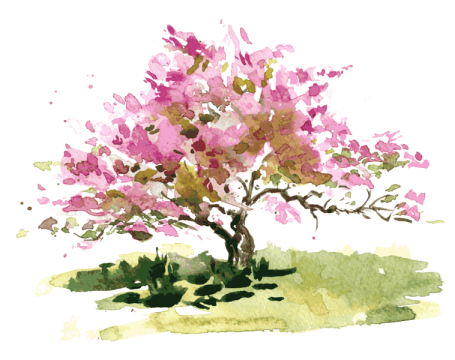Fruit-bearing Plants
TYPES OF FRUIT-BEARING PLANTS
Fruit-bearing plants can be divided into two main categories- deciduous and evergreen. Deciduous trees lose their leaves in winter, while evergreen trees keep their leaves year-round. With our climate, evergreen plants like lemons, avocado and olives cannot be grown here.
Deciduous fruit trees include apple trees, blueberry bushes and cherry trees; peach trees are also deciduous but have a much shorter growing season than apples or peaches–these are difficult to grow in Maryland! Strawberry plants are not technically a tree but rather an herbaceous perennial that produces berries on runners (or stolons).
BENEFITS OF PLANTING FRUIT-BEARING PLANTS
Fruit-bearing plants provide delicious and nutritious fruit, which can be used in a variety of ways. They also attract beneficial insects and wildlife, making them an important part of any garden.
CHOOSING THE RIGHT FRUIT-BEARING PLANTS FOR YOUR GARDEN
When it comes to choosing fruit-bearing plants for your garden, there are a few things you should keep in mind. The first is climate and soil conditions. Different plants thrive in different climates, so if you live in an area that gets very hot or very cold during certain times of the year, this will affect which types of fruits grow best there. Also consider what kind of soil your garden has–some plants need more moisture than
others in order to thrive and produce fruit (or any other part).
Secondly, think about what kind of fruit would be useful for yourself and/or others who live nearby. If all else fails and there aren’t any native species available locally (which can happen), research which varieties are best suited for use as food sources–and remember that not every type needs to be eaten raw! Some varieties may make better preserves than others; others might be better suited as dried fruits or juices rather than fresh ones because they’re sweeter when cooked down into jams or jellies instead of eaten “straight off the vine.”



